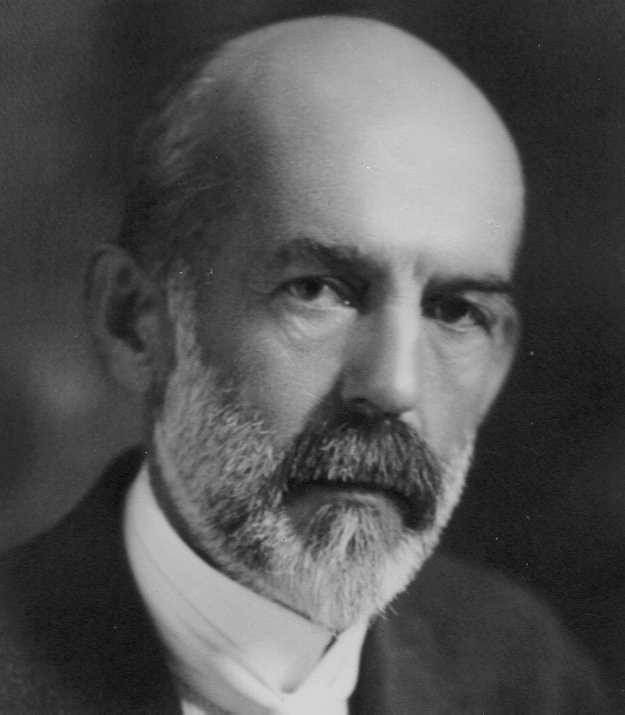
Credits,
references, and bibliography

The Conceptual Contributions of Charles Horton Cooley (see also and DSS)

Robert E. Park (see also DSS)
Central Assumptions and Principles of Symbolic Interactionism
Symbolic Interactionism
"Following Mead, symbolic interactionists believe that the task of sociology is to study the ways in which interaction, and the symbols involved in it, shape selves and social life. Charles Horton Cooley (1864-1929) introduced the idea of the looking-glass self. He argued that we use other people as "mirrors" to determine whether we are in fact the kind of selves that we believe ourselves to be. Intimate face-to-face groups that Cooley called primary groups are very important to the development of self. These provide a link between the individual and the social by instilling group values in the self. Cooley also introduced the methodological idea of sympathetic introspection to argue that, in order to understand the operation of mental processes, sociologists needed to place themselves in the minds of those being studied. Robert Park (1864-1944) further developed this technique by promoting the method of fieldwork. In fieldwork, the sociologist goes into the field to observe people in their everyday activities."(1)
Weblinks
Biography of Robert E. Park: http://www.asanet.org/about/presidents/Robert_Park.cfm (American Sociological Association site on Park and his work).
Biography of Charles Horton Cooley:http://media.pfeiffer.edu/lridener/DSS/Cooley/LKGLSSLF.HTML
Society for the Study of Symbolic Interaction: https://sites.google.com/site/sssinteraction/
1.
Much of this page comes from the "Instructor's Manual" to accompany Contemporary
Sociological Theory and Its Classical Roots: The Basics, Second Edition,
George Ritzer, Mcgraw-Hill, 2007. The Instructor's Manual was prepared by James
Murphy, University of Maryland, College Park and Todd Stillman, Fayetteville
State University. These excerpts are from chapter 6.
2. Ritzer, George. 2007/2010/2013. Contemporary Sociological Theory and Its Classical Roots: The Basics. 2nd/3rd/4th editions. St. Louis: McGraw-Hill
![]()
Unless otherwise noted, all pages within the web site http://www.umsl.edu/~keelr/ ©2015 by
Robert O. Keel.
Click here to Report Copyright Problems